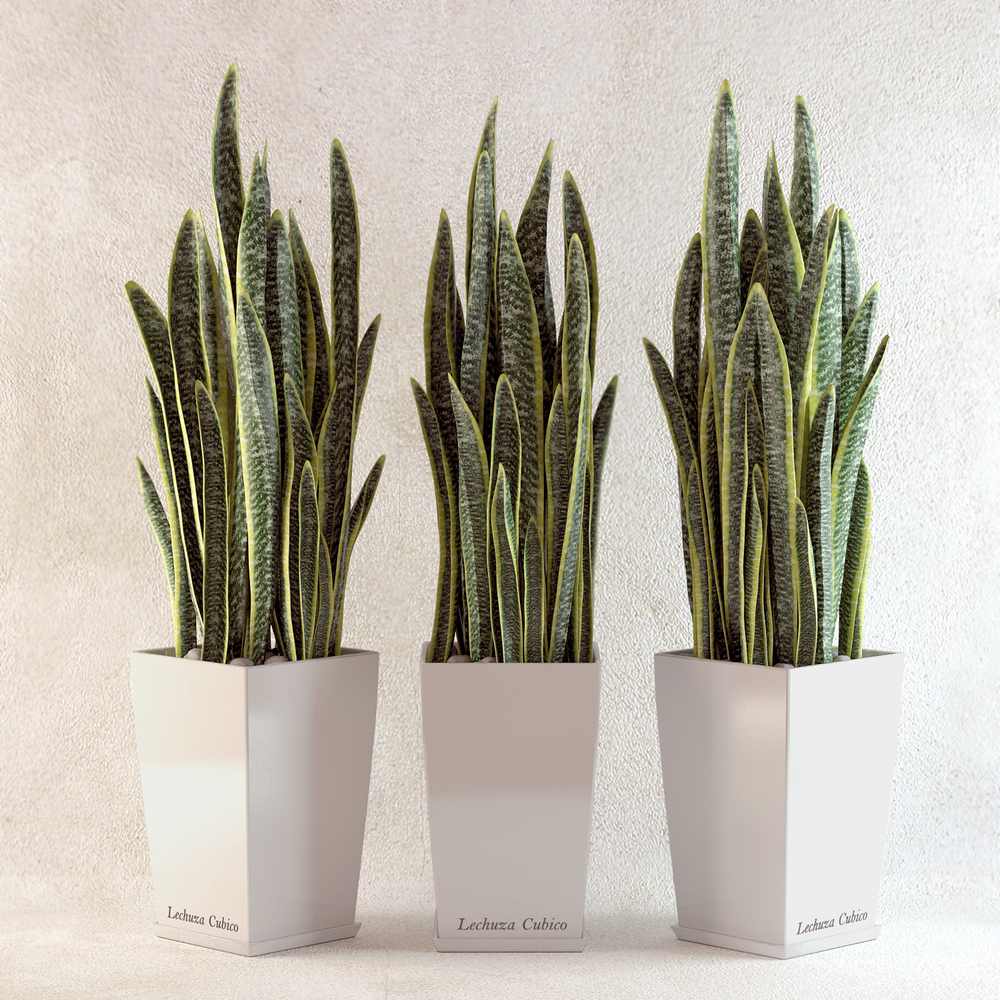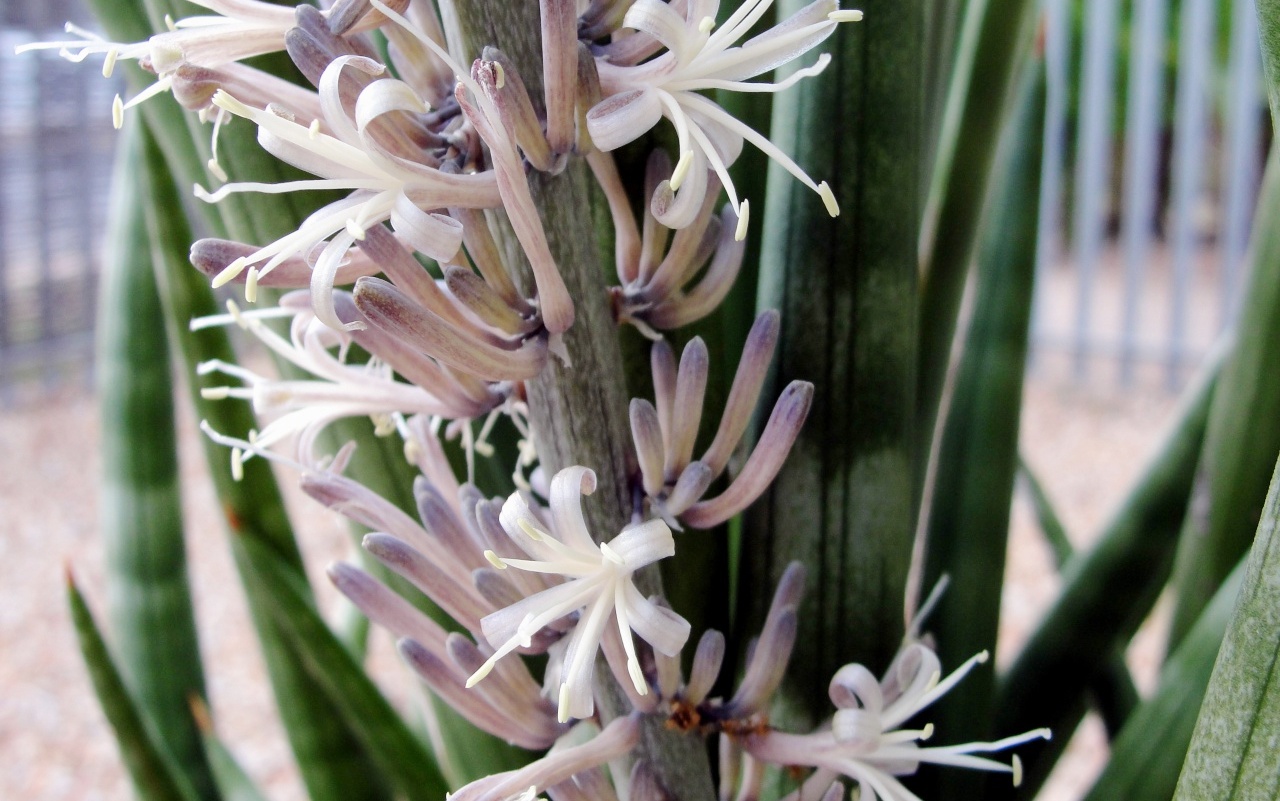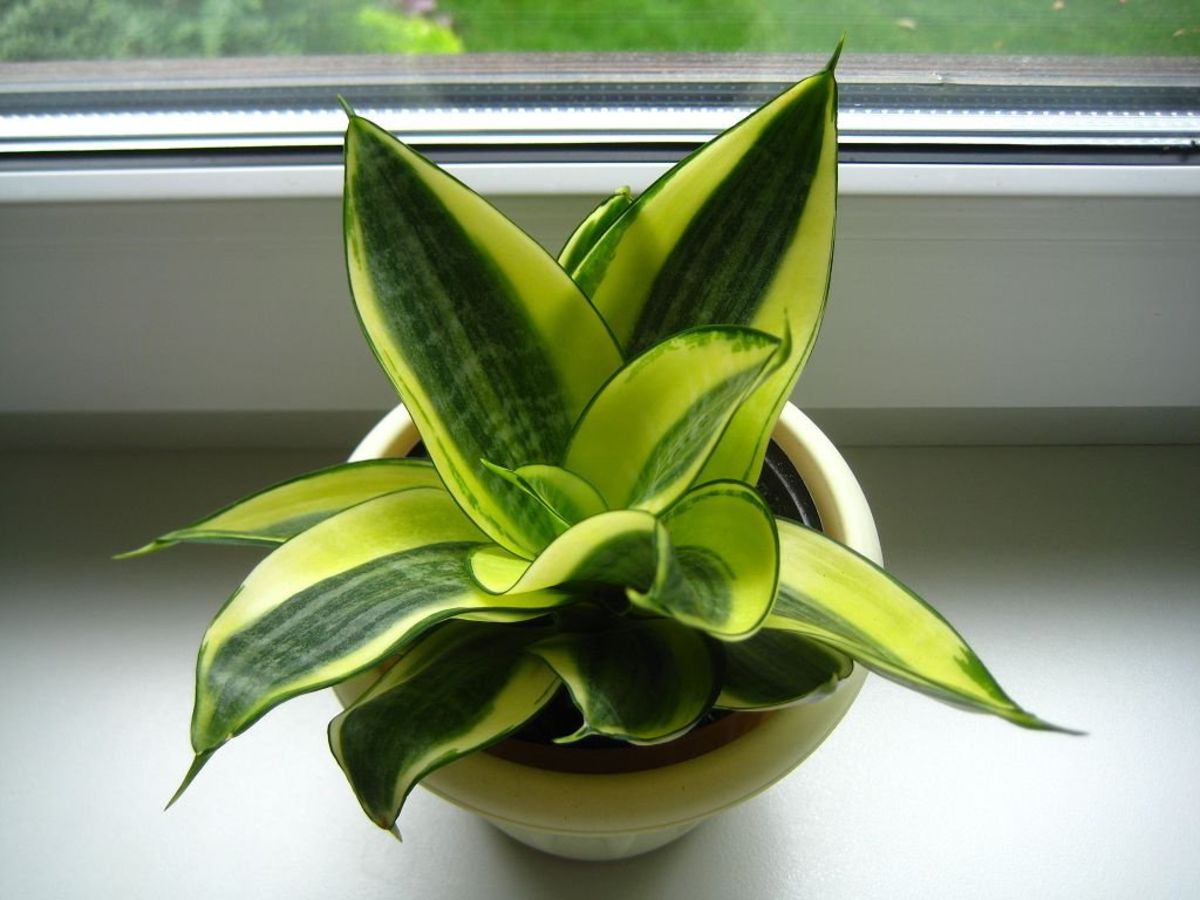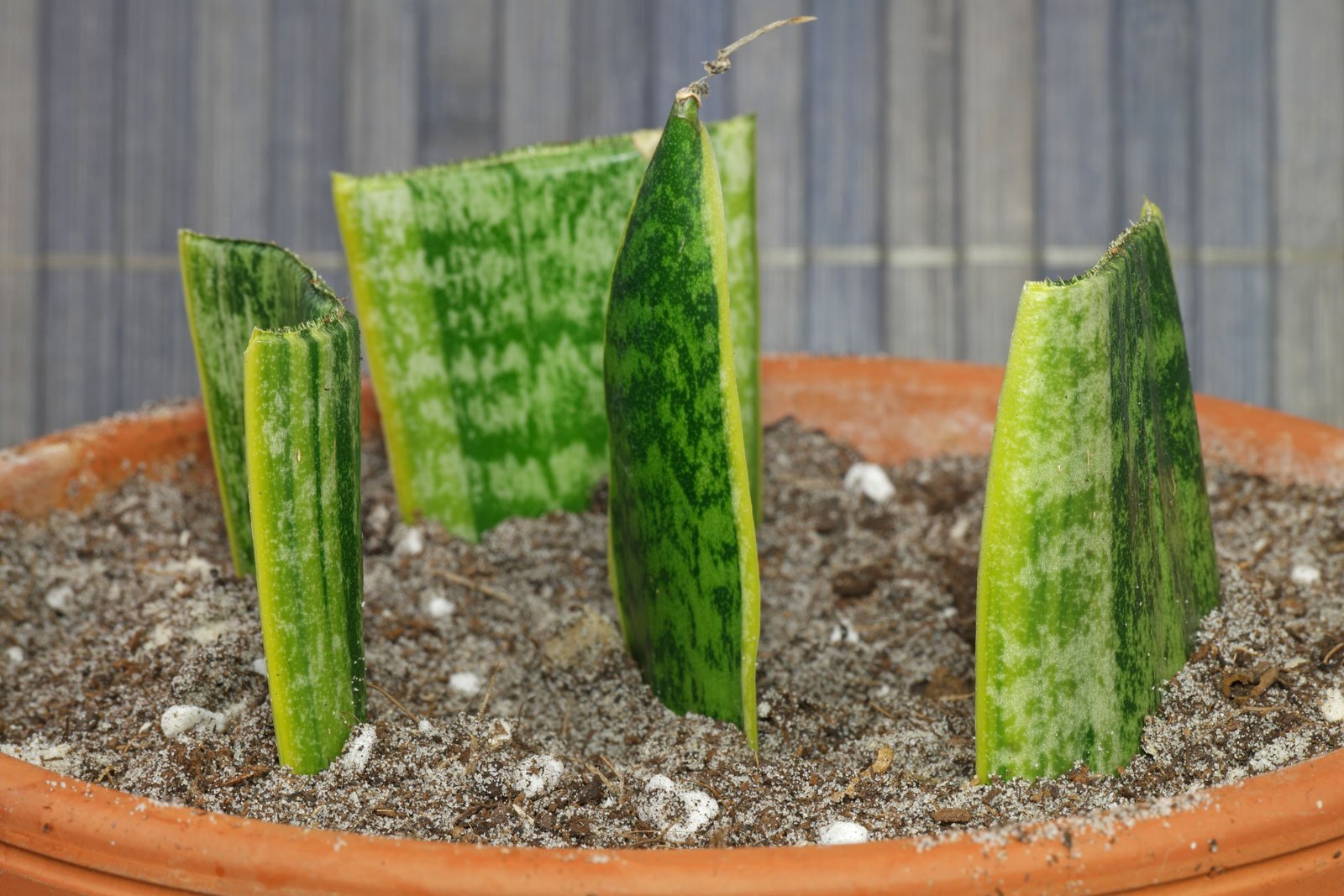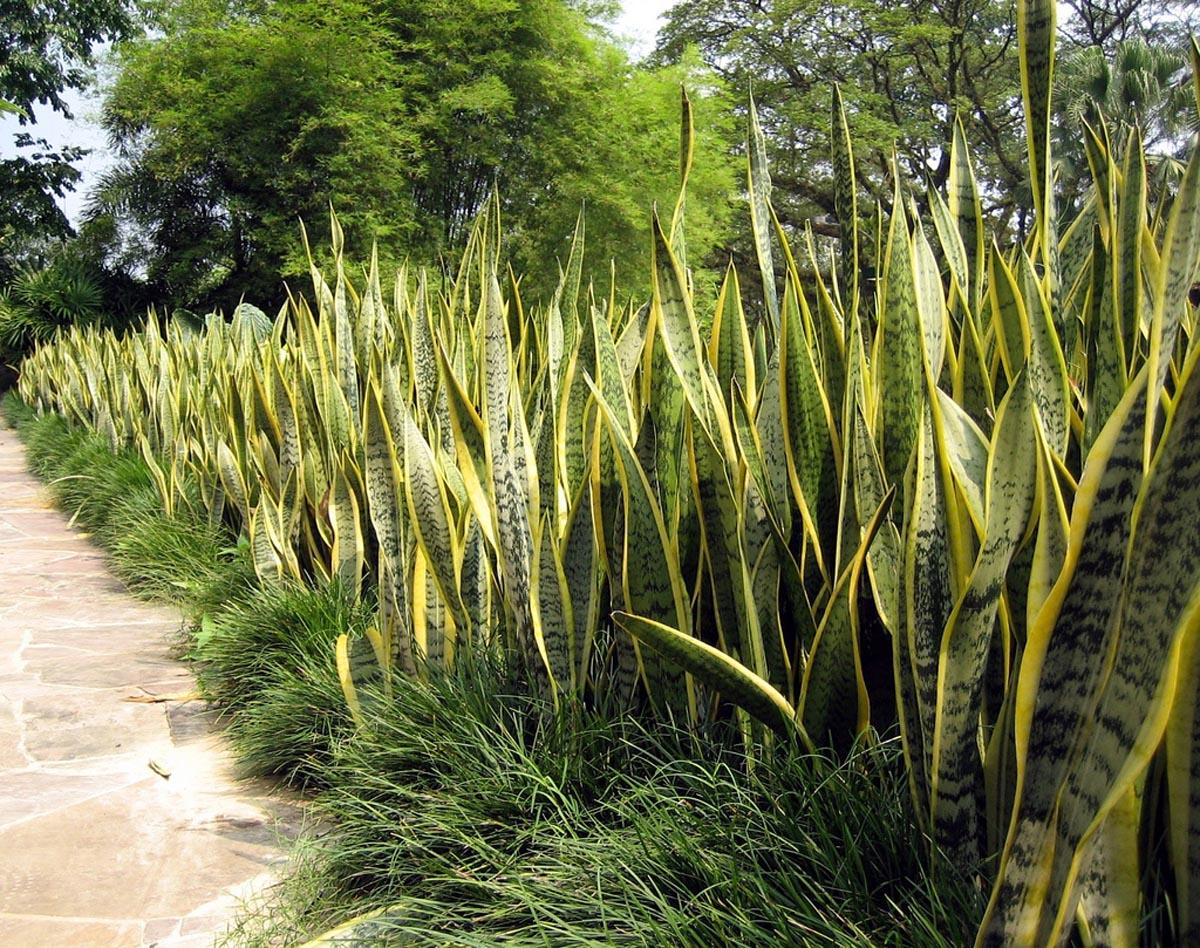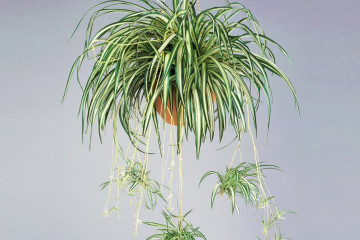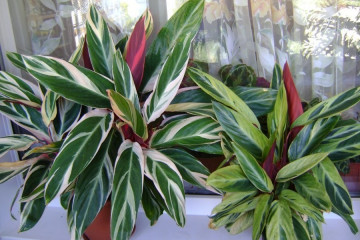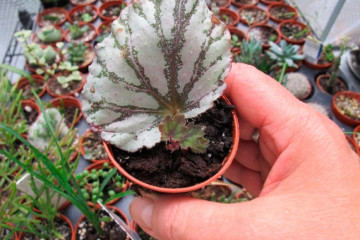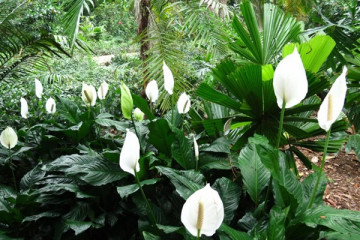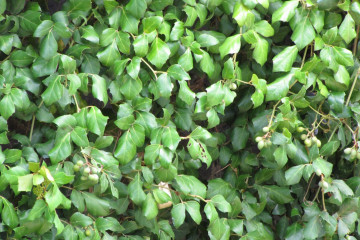Pike tail flower - care and reproduction
Content:
The pike tail flower is an ornamental deciduous plant. It is unpretentious and hardy, even novice florists will be able to plant it. Its spectacular arrow-shaped leaves will create winning compositions in both home and office interiors. It is an irreplaceable attribute in pot flower arrangements.
Pike tail: flower, care, reproduction
Sansevieria, or in the common people the pike tail, belongs to the Asparagus family. Although earlier he was referred to as the Agavovs. It is an evergreen stemless plant. Differs in tough and pointed leaves, both with a narrow and wide leaf plate. Their location is strictly vertical or with some slope to the ground. It conquers florists with its variety of colors: from monochromatic green to silvery-yellowish patterns on a green background. Species with decorative spots or stripes are especially interesting. Some varieties are covered with a characteristic waxy coating.
Briefly about the history of appearance
The homeland of sansevieria are countries with tropical and subtropical climates. The beginning went from the tropical regions of Africa, mainly from its western regions. In Europe, they began to cultivate as a houseplant in the 18th century. It was brought in by the Italian naturalist A. Petanga. Over the past two centuries, more than 60 species have been bred, and the most popular of them appeared in 1939.
Does the pike tail bloom
The pike tail blooms in early spring, if you follow the rules of cultivation. At first, the flower throws out a flowering arrow, on which buds gradually appear. Their shape and shade depend on the type of plant. The buds open in the evening. They delight the owners with their beauty and vanilla aroma all night long, and well, the morning withers.
Features of flower care pike tail at home
The pike tail belongs to unpretentious plants, so it is easy to care for it. The flower can survive normally:
- wrong location;
- irregular watering;
- improperly selected soil.
But in order for a picturesque pike tail flower to flaunt in the room, it is necessary to provide proper care at home.
Temperature
In summer, the optimum temperature for a flower is 25 ° C, and in winter, about 15 ° C. In principle, the plant is able to survive even lower rates, but in this case, watering is significantly reduced, otherwise rotting of the root system is possible.
Lighting
Prefers well-lit sunny places. But for specimens with solid leaves, the recommended side in the room is south. Species that have a white or yellow stripe on the leaf plate prefer diffused light, so they are located on the east side, otherwise the beautiful pattern may fade.
Watering
The pike tail does not tolerate constantly waterlogged soil. This causes root decay. Therefore, it must be watered in the summer 1 time in 10 days. In cold weather, less often, as the soil dries.The soil in the pot should be barely damp.
Sansevieria is watered with well-settled water at room temperature. During watering, no liquid gets into the center of the outlet. The recommended irrigation method is immersion in water or sump filling.
Humidity
The humidity level in the room is not important for the development of the plant. But it responds perfectly to moistening the leaf plate by wiping it with a damp cloth. Spraying is not recommended, as water droplets will flow down the smooth surface of the sheet and fall directly into the center of the outlet.
Priming
The plant is picky about the composition of the soil. The mixture can be prepared on your own by mixing the following ingredients:
- 5% sod land;
- 25% sand;
- 70% leaf land.
To exclude the appearance of diseases or insects, the soil is subjected to heat treatment. To do this, it is laid out on a baking sheet and kept in the oven for about an hour, stirring constantly.
Top dressing
The pike tail is not bad for feeding with nitrogen fertilizers. But it is necessary to properly dilute the components according to the instructions on the package with the composition. Fertilizer is applied no more than twice a month and only on moistened soil in order to avoid burning the rhizome. The transplanted flower is not fertilized for a year. For this period, he has enough useful trace elements in fresh soil.
How the pike tail flower reproduces
In terms of breeding, the pike tail is suitable even for an inexperienced grower. This process is quick and easy. The plant has such a property as excellent rooting in various ways. The favorable period is spring. At this time, the plant quickly grows green mass, the lost parts do no harm. The simplest way, which does not cause problems for the flower itself, is to divide the rhizome.
Rooting cuttings
Reproduction by dividing the rhizomes is carried out during the transplantation of the entire plant into a new container. After it has been removed from the pot, the pike tail is easily divided into cuttings by carefully cutting the roots with a sharp knife.
Shoots
Another breeding method is by side shoots. In this case, with the help of a disinfected sharp knife, the shoots formed on the mother plant are cut off. The incision must be made so that some part of the rhizome from the mother flower and a full-fledged rosette of leaf plates remain on the baby. Further, the shoot is planted in a separate container with soil, which is identical in composition to that of an adult bush. Do not water for several days. Then provide the usual care of the plant.
Sheet
The plant reproduces easily by means of leaf plates. This requires:
- Separate the sheet or part of it with a sterile knife.
- Cut the long sheet into pieces, approximately 5 cm.
- Leave to dry for 1 hour.
- Plant in pots with river sand and provide a greenhouse effect by covering with a jar or plastic.
After two months, the plates will take root and begin to give young shoots. Then they are planted in ordinary soil.
Transfer
A pike tail flower is periodically transplanted. This happens when the plant ceases to fit in the pot, usually once every 3 years. The transplanting process is carried out in the spring.
A drainage layer is made in a suitable pot and the prepared substrate is laid.Then they carefully remove the plant from the old container, trying not to destroy the earthen lump, and place it in a prepared pot. The remaining voids are covered with soil. Water the flower after transplanting in two days. During this time, damaged areas can be tightened, and the likelihood of root decay will significantly decrease.
Possible problems in growing a houseplant pike tail
With proper care, this plant rarely gets into trouble. Possible cases of a probable flower disease:
- brown spots on the sheets are sunburn. The plant must be rearranged to another place where there will be no direct sunlight;
- the softness and yellowing of the leaf plates indicate the constant waterlogging of the soil. In this case, the injured parts are removed, and the socket is removed from the pot and transplanted.
It is difficult to find a more unpretentious plant than a pike tail. But thanks to their extraordinary appearance, they can decorate a flower arrangement in any interior. In addition, in the summer, this plant will become a worthy element of the street landscape.
